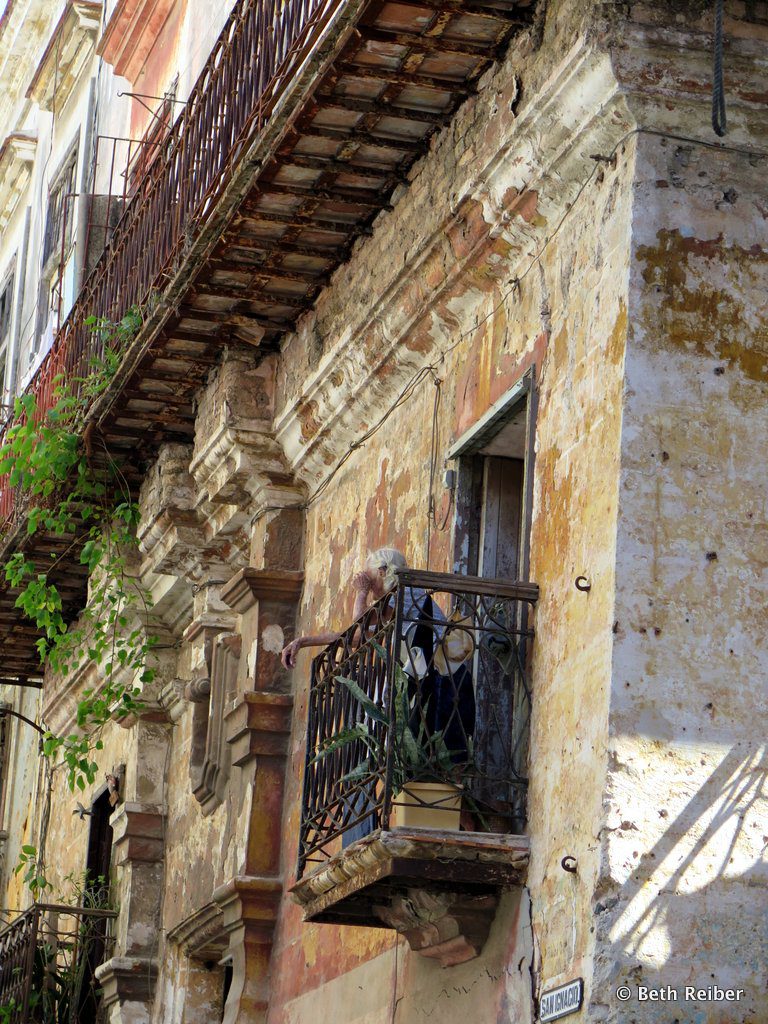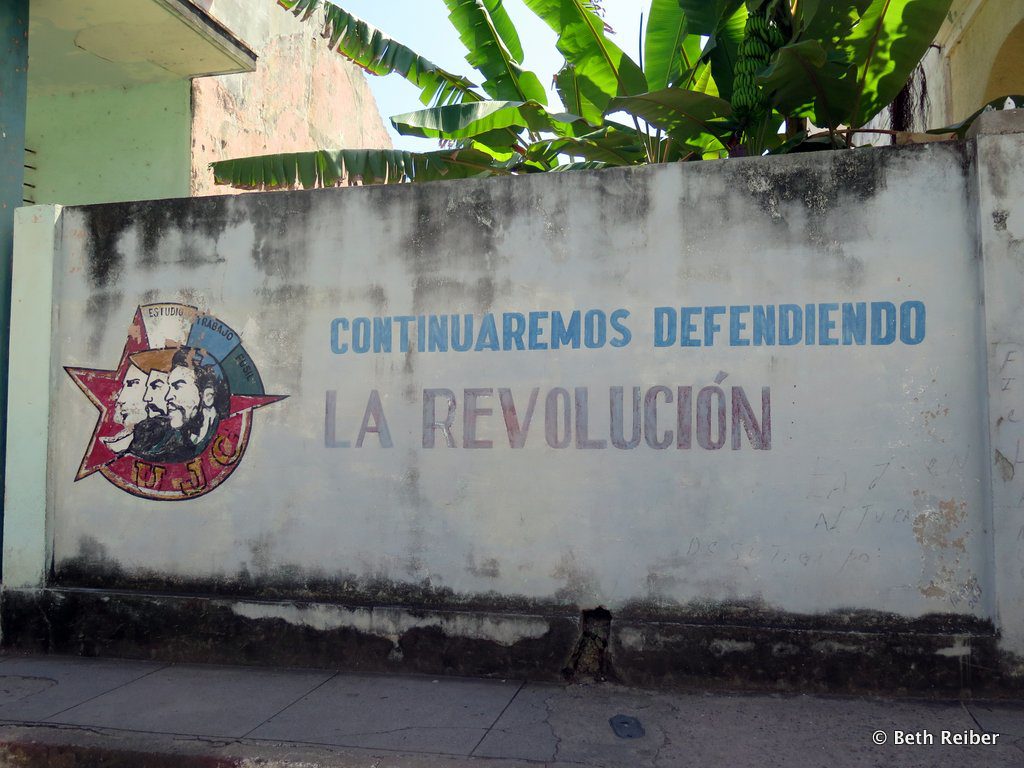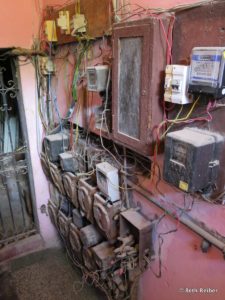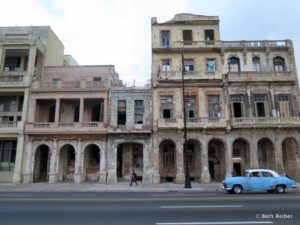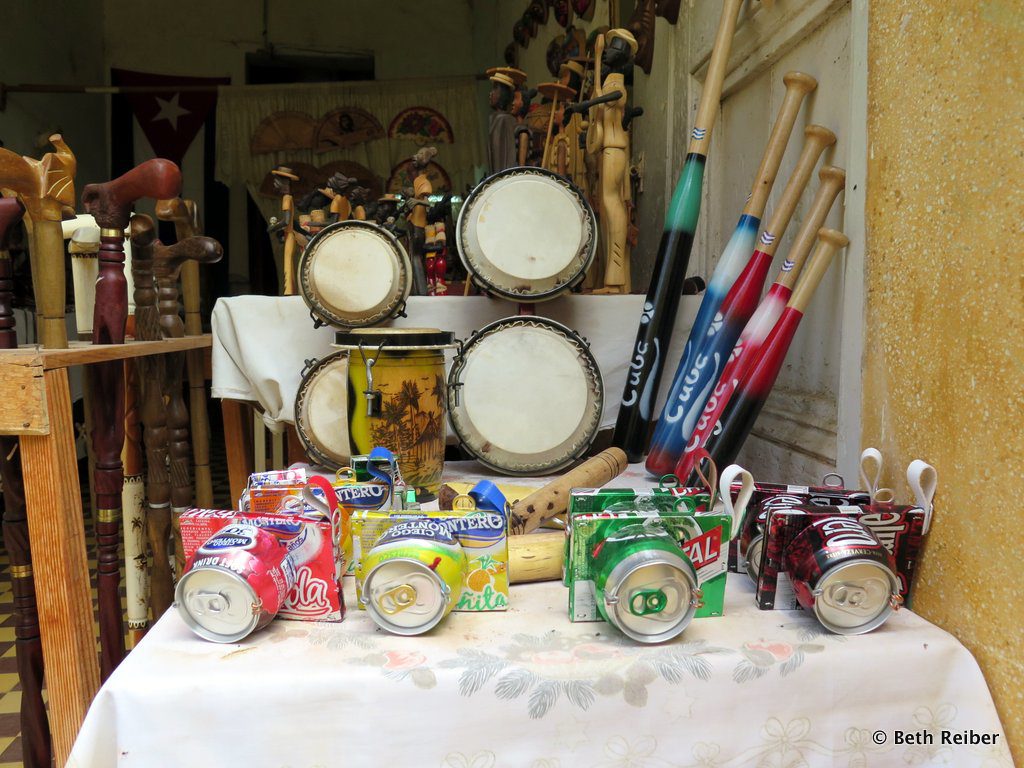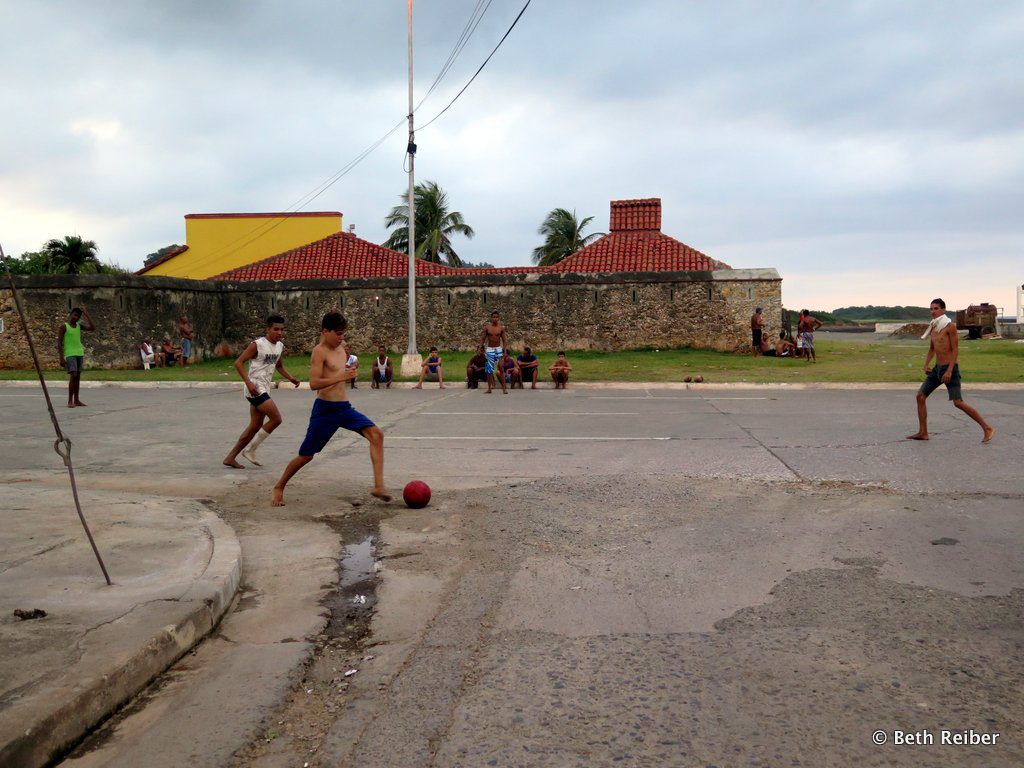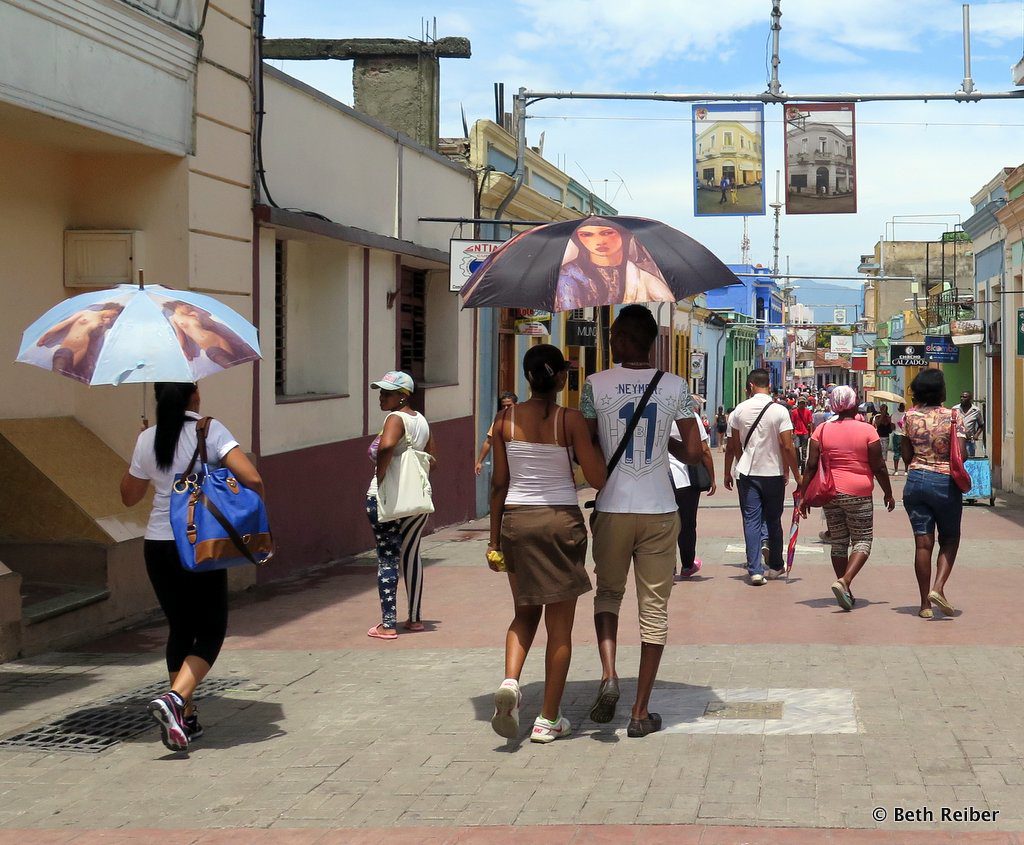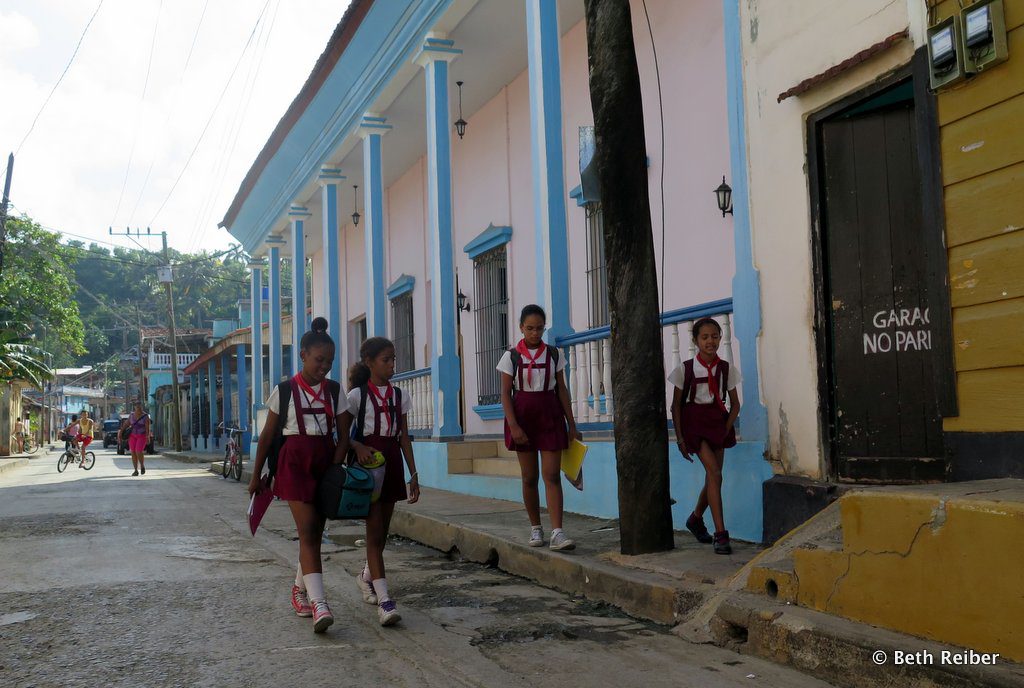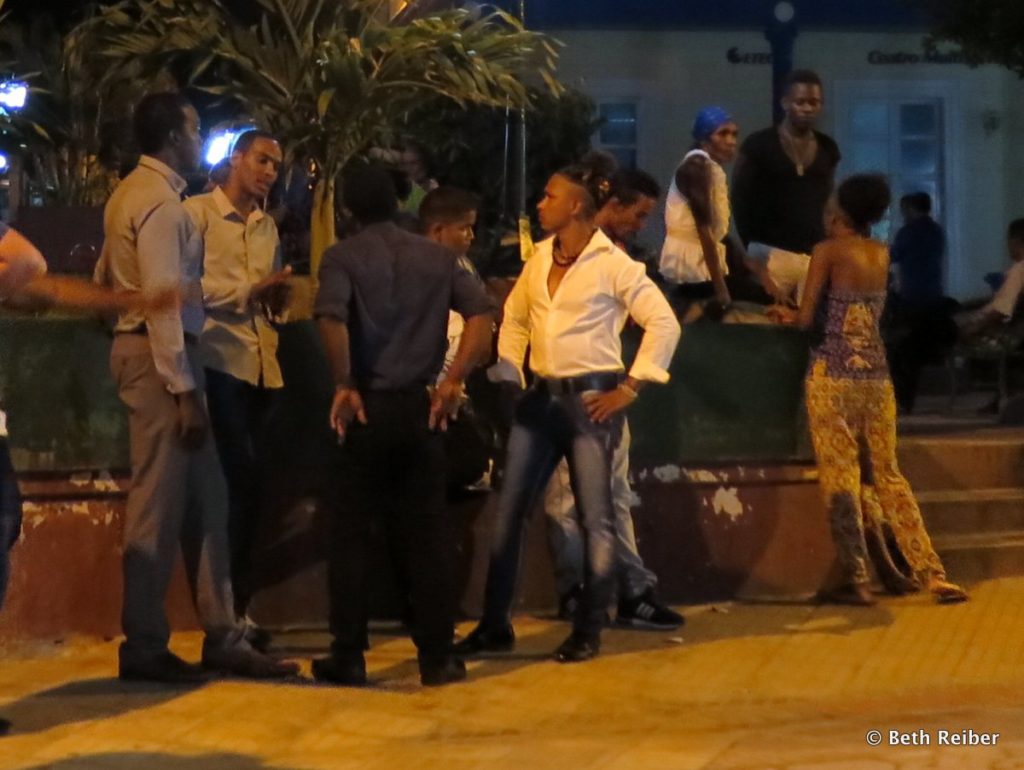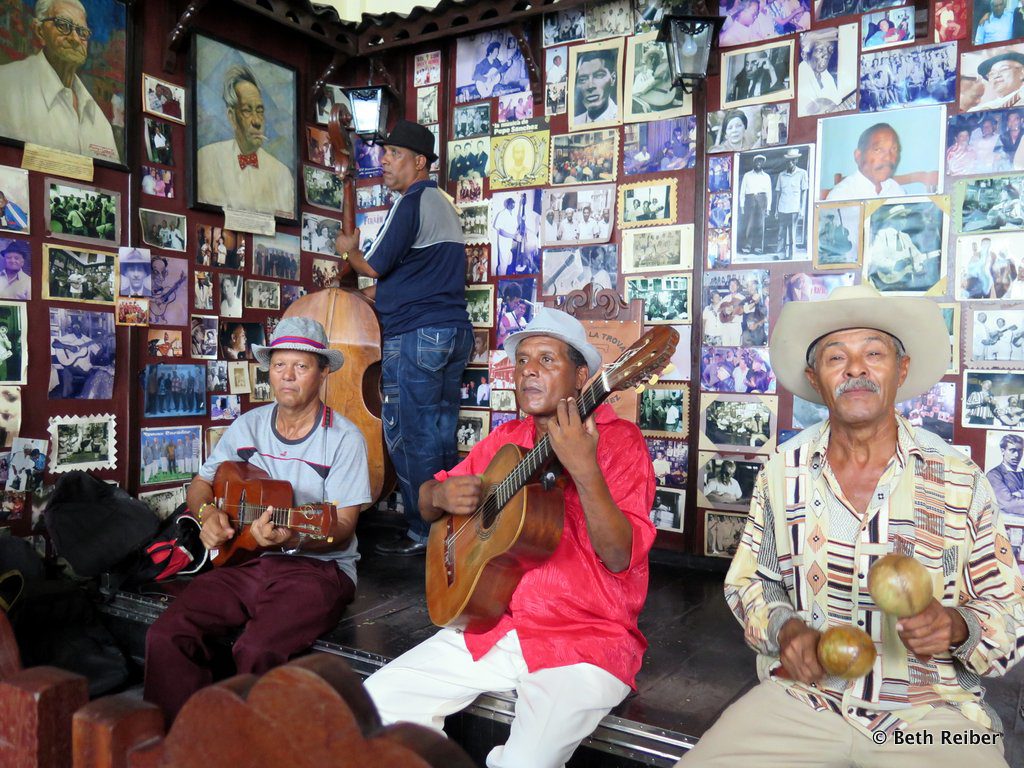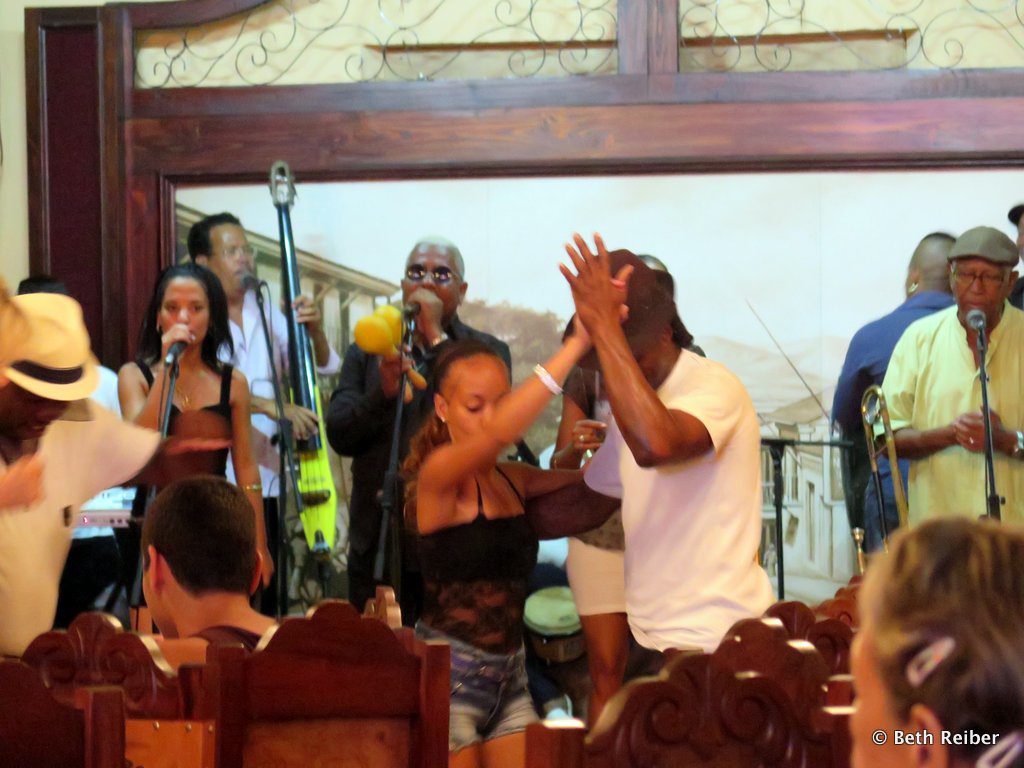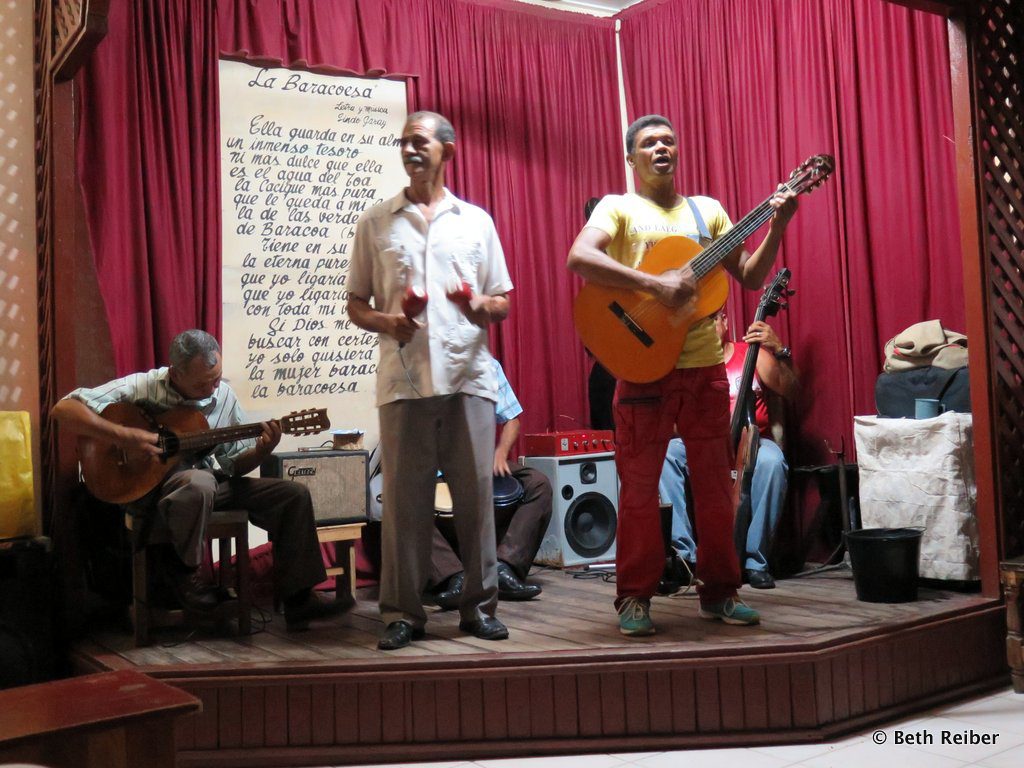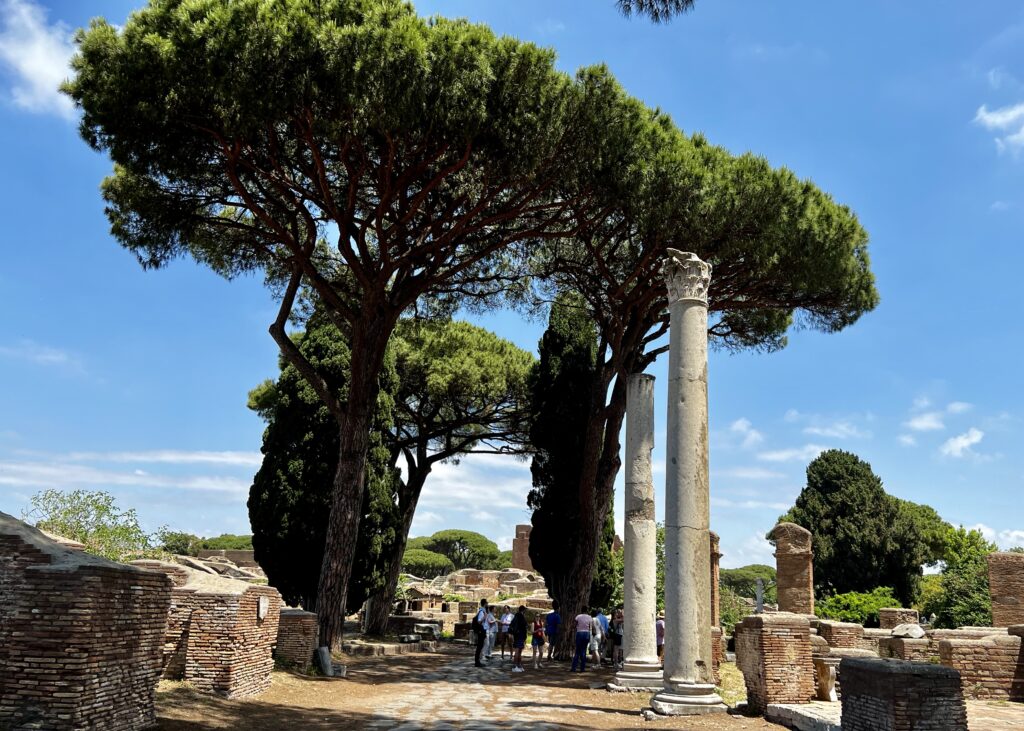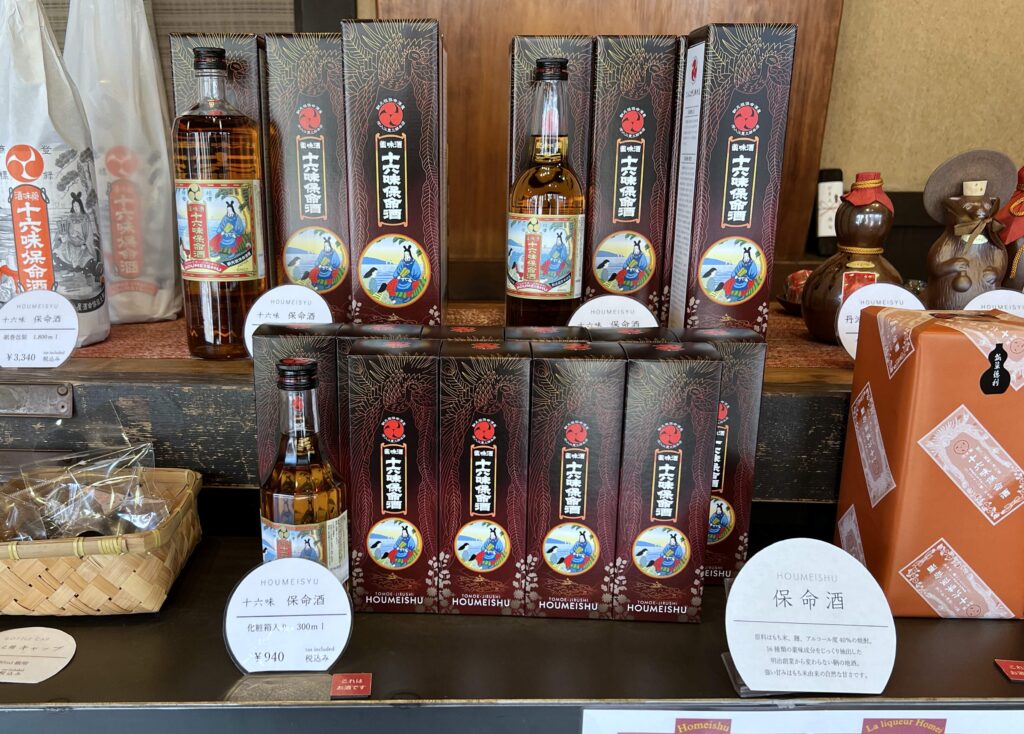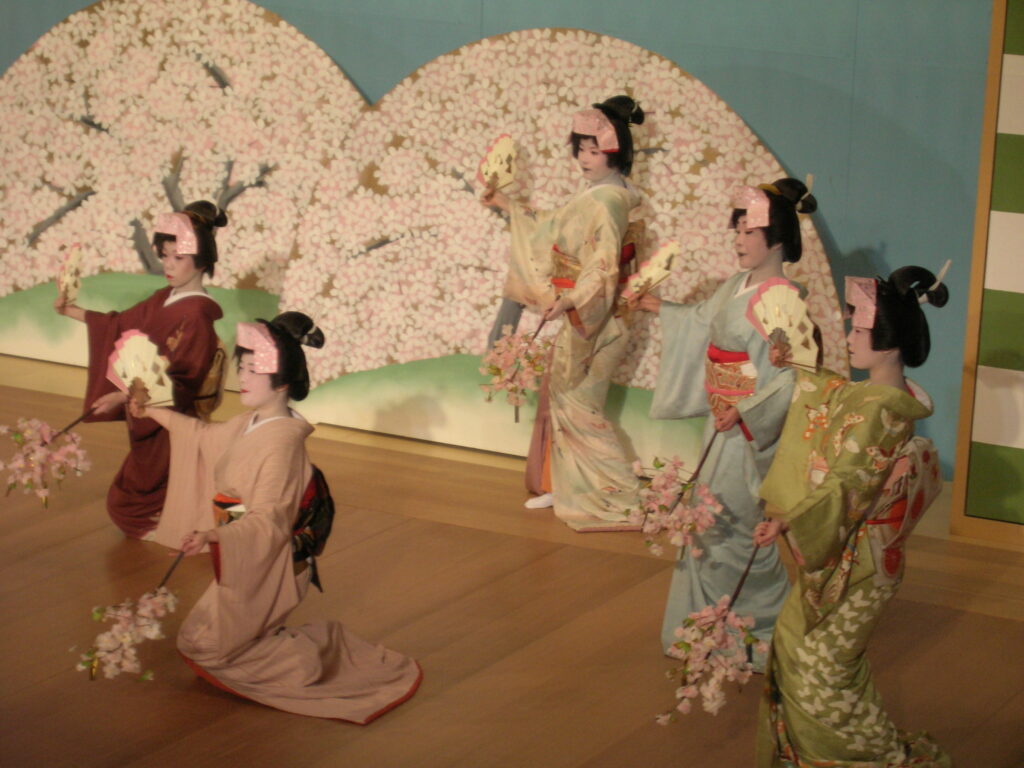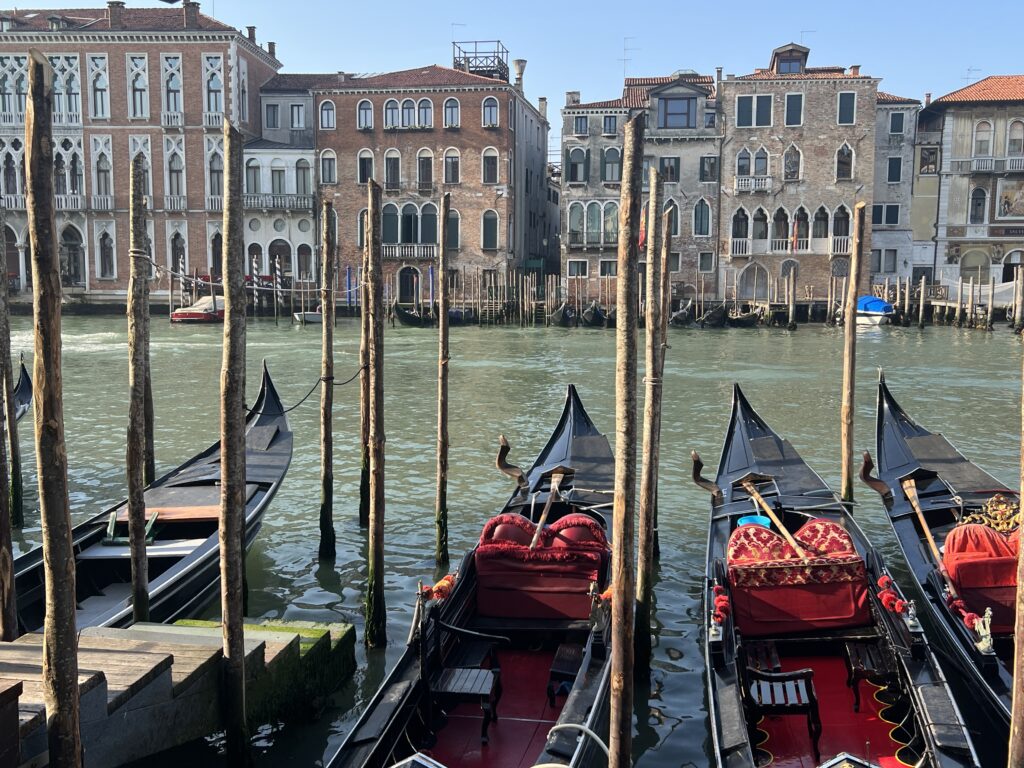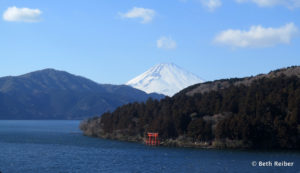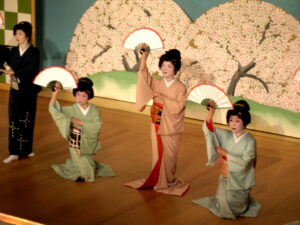Like many Floridians in the first half of the 20th century, my grandparents traveled to nearby Cuba to relax and party. They were in good company. With its casinos, nightclubs, ritzy beach-side resorts and other diversions, Havana was a mecca for socialites, international travelers, mobsters, and celebrities like Frank Sinatra and Ava Gardner. Ernest Hemingway was so taken with Cuba, he left Key West and bought a house outside Havana in 1940, living there for the next 20 years.
But then came the 1959 Cuban Revolution in which Fidel Castro and his followers overthrew the government, followed in 1962 by the U.S. economic embargo on Cuba. Since then, Cuba has remained a mystery to most Americans, a forbidden fruit just 100 miles from Florida. Cuba had topped my bucket list for years before my friend suggested we go there, and from what I’ve heard from friends since we got back, everyone else wants to go there, too.
Yet few Americans have made the trip, mainly because of U.S. restrictions that prohibit Americans from visiting Cuba as tourists (Cuba, on the other hand, has no restrictions on American visitors; they welcome anyone with money to spend). Note, however, that travel to Cuba is perfectly legal if it falls under one of 12 allowed categories, including a rather vague category called “support for the Cuban people,” which means putting cash directly into local hands by staying at a casa particular (a rented room in a private home), eating at a paladaré (a privately owned restaurant), and participating in tours, classes or other local activities. Doing business with any hotel, shop or entity owned by the Cuban military is also verboten (to keep abreast of changing developments, see the website of the U.S. Embassy in Cuba). Because of the hassle, some Americans find it easier to join a tour or a cruise. More intrepid travelers simply circumvent restrictions by entering Cuba through Mexico or Canada.
One of the first things I noticed, therefore, was what I didn’t see—Americans who were not part of an organized group. What I did see, however, were droves of travelers from all over the globe. And virtually all we met gave the same reason for visiting Cuba now—to see the country before it opens up to a flood of Americans. Heck, even we wanted to see it before the deluge.
Another thing immediately noticeable is tourism apartheid. There are two currencies: the Cuban peso (CUP) used by Cubans and the convertible peso (CUC) used by everyone else.
Tourists pay more than Cubans pay for food, museums, goods and services, as well they should. Virtually everyone we saw dining in a restaurant in Old Havana was a tourist. After all, the owner of one casa particular we stayed at said he made the equivalent of US$50 a month as a computer IT for an international company, which made the two rooms he rents vital in supporting his wife (who doesn’t work) and two teenage sons (rooms at a casa particular average $30 to $55 a night). Luckily, education and healthy care in Cuba are free.
And while I had seen photographs of historic Habana Vieja (Old Havana), a UNESCO World Heritage Site with grand plazas and beautifully wrought buildings, nothing prepared me for the poverty I saw. Just a few blocks from Habana Vieja
is Centro, a desperately poor neighborhood of spectacular decay that looks like it has just emerged from the other side of war, with torn-up roads and ornate, cavernous buildings now crumbling, some with missing roofs, and yet people are living in them. On our last night in Cuba, my friend and I bought beers at a paladaré and sat outside on stools. It was nearing dusk, open doors and windows revealed mostly dark rooms, and the neighborhood was full of people on the move. Couples with young children, muscular men strutting past, teenage girls drawing remarks, a few families with dogs on leashes, vendors selling wares of bread, cakes or cocoa butter, pedicabs transporting those with money for the fare. Rail-thin kittens slinked along buildings or lapped from puddles, boys played soccer in the street with sandals marking goals, and old women watched from open doorways and balconies. Every once in a while, a car would rumble past.
Other things I saw in Cuba:
- Entrepreneurs and ingenuity. Cubans with means are opening casas particulares, paladarés, shops, and businesses geared toward tourists. Craftsmen use whatever
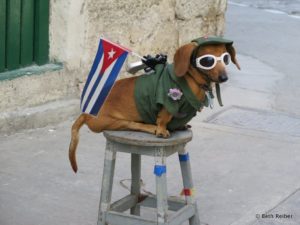 at hand to make things tourists might buy. I bought a ring and matching necklace made from cow bone and painted purple. And what can you do with an empty aluminum can? You can use the pull tabs to fashion a purse. You can smash the can to make a fake camera, complete with a lever that, when pulled, causes the “lens” to pop open and reveal a clown face. If the threads of your shower knob are bare, you can cut thin strips of the can and twist them inside the knob to create fiction. We met people on the street who, for money, who will draw your likeness, recite a poem, sing a song, and provide sex.
at hand to make things tourists might buy. I bought a ring and matching necklace made from cow bone and painted purple. And what can you do with an empty aluminum can? You can use the pull tabs to fashion a purse. You can smash the can to make a fake camera, complete with a lever that, when pulled, causes the “lens” to pop open and reveal a clown face. If the threads of your shower knob are bare, you can cut thin strips of the can and twist them inside the knob to create fiction. We met people on the street who, for money, who will draw your likeness, recite a poem, sing a song, and provide sex.
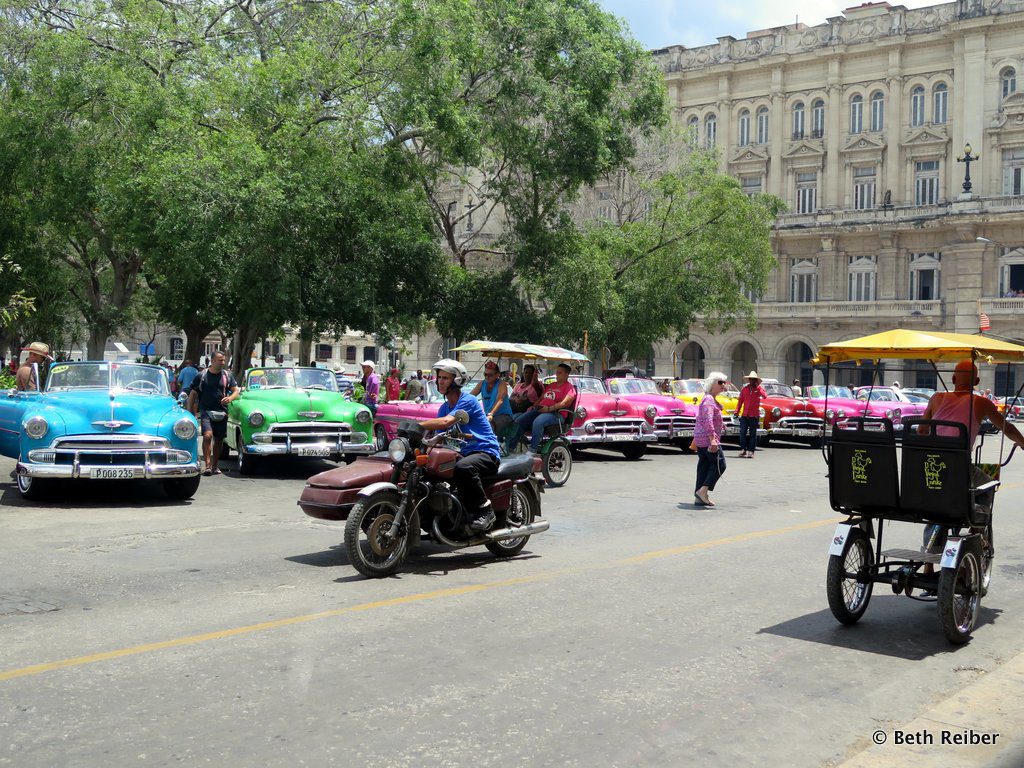
Instead, take:
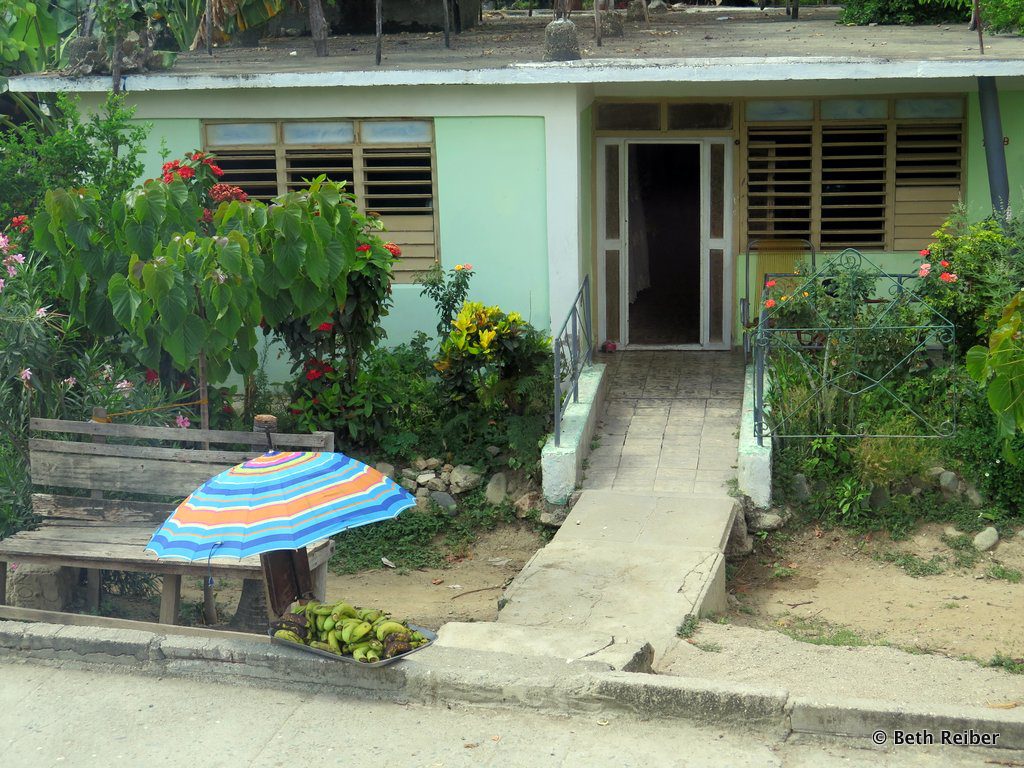
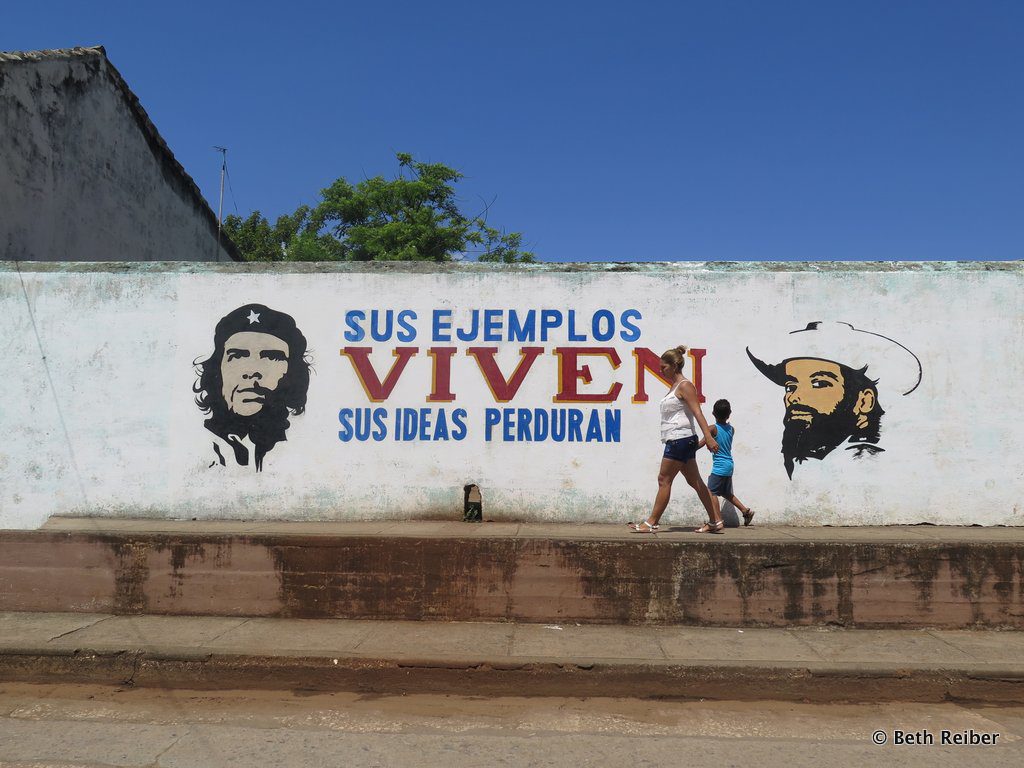
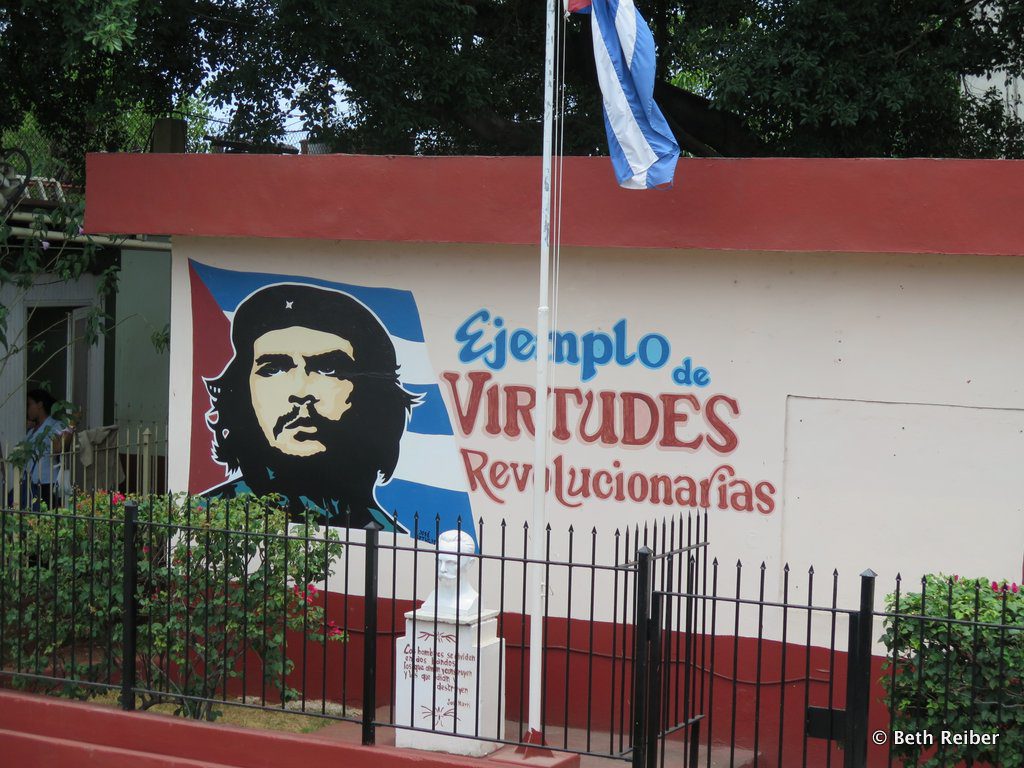
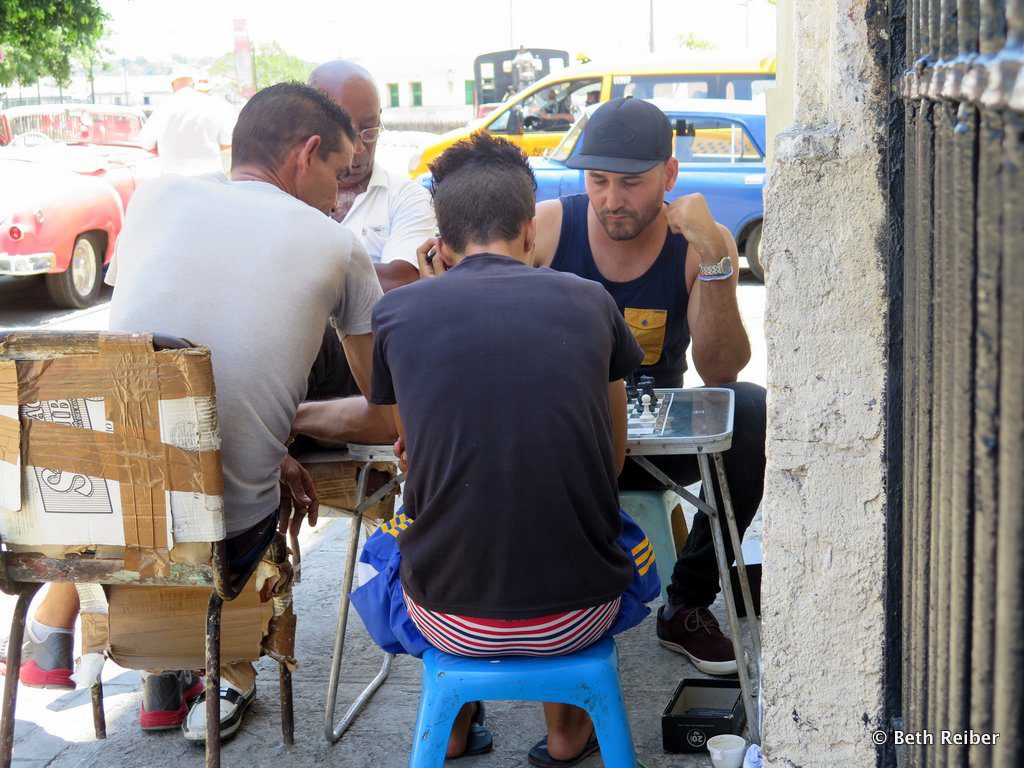
For more stories on Cuba, see my other articles: Trinidad-Cuba’s Prettiest City; Baracoa-The Other Side of Cuba; and A Subjective Guide to the Best Experiences in Havana, below:
